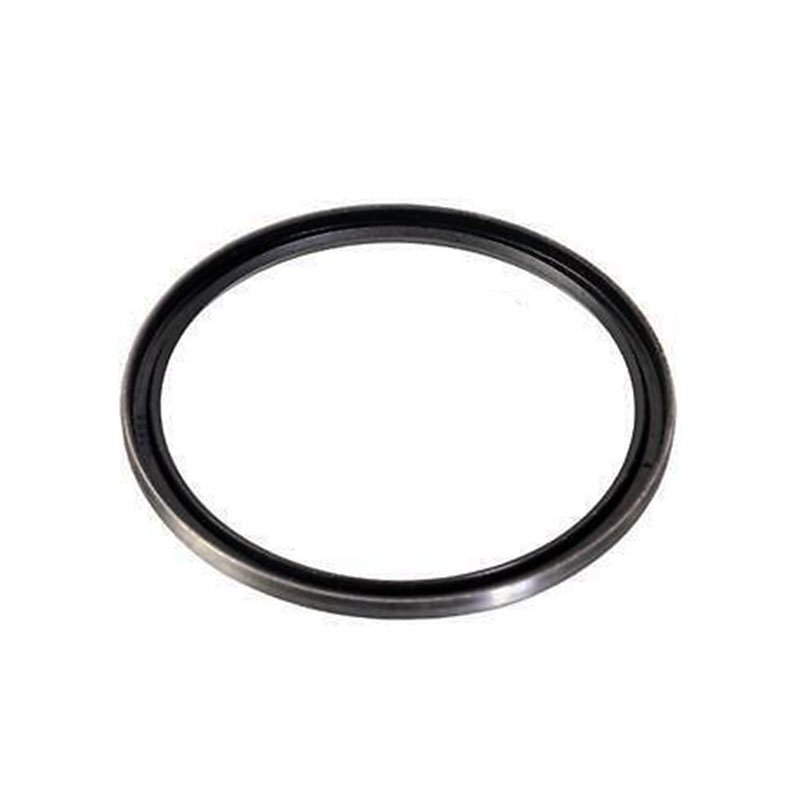shaft gasket
Understanding Shaft Gaskets An Essential Component in Mechanical Systems
Shaft gaskets are crucial elements in various mechanical applications, serving as a barrier to prevent fluid or gas leakage around rotating shafts. They are particularly vital in industries such as automotive, aerospace, manufacturing, and marine, where the integrity of systems is paramount. This article delves into the function, types, materials, and significance of shaft gaskets in modern machinery.
Function of Shaft Gaskets
The primary purpose of a shaft gasket is to create a seal between a rotating shaft and the housing or casing it passes through. This sealing function is essential for maintaining the operational efficiency of engines, pumps, and turbines by preventing the escape of lubricants or the ingress of contaminants. When a shaft rotates, the friction and motion can create gaps or openings that could potentially lead to leaks. A well-designed gasket fills these gaps, ensuring that the system operates smoothly and safely.
Types of Shaft Gaskets
Shaft gaskets come in various types, each designed for specific applications
. Some common types include1. O-Ring Seals These circular cross-section gaskets are used in a variety of applications due to their versatility and effectiveness. They are often found in hydraulic systems and engines.
2. Flat Gaskets Commonly made from materials like rubber, paper, or metal, flat gaskets are used in situations where the surface area can accommodate a flat sealing solution and provide a tight seal.
3. Lip Seals These are typically used in rotary applications and are designed to seal between a stationary and a rotating shaft. Lip seals utilize a flexible lip that presses against the shaft, providing excellent sealing performance.
4. Mechanical Seals Often found in pumps and compressors, mechanical seals consist of two flat surfaces pressed together, preventing leaks through the use of spring-loaded contacts.
shaft gasket

Materials Used in Shaft Gaskets
The material selection for shaft gaskets is crucial and depends on the operating conditions, including temperature, pressure, and the type of fluids involved. Common materials include
- Rubber Various types of rubber materials, including nitrile and silicone, are popular due to their flexibility and resistance to a wide range of chemicals.
- PTFE (Polytetrafluoroethylene) Known for its excellent chemical resistance and high-temperature stability, PTFE is often used in high-performance applications.
- Composite Materials These materials combine the benefits of different substances to enhance durability and resistance to wear and tear.
- Metallic Materials In high-pressure applications, metallic gaskets made from steel or other alloys provide strength and longevity.
Importance of Maintenance and Replacement
To ensure optimal performance, regular maintenance of shaft gaskets is essential. Over time, gaskets can wear out or become damaged due to thermal cycling, chemical exposure, or mechanical stress. A compromised gasket can lead to leaks, which may cause catastrophic failures, increased downtime, and costly repairs. Therefore, it is advised to routinely check gaskets during maintenance schedules and replace them as necessary.
Conclusion
Shaft gaskets may seem like a small component within complex mechanical systems, but their importance cannot be overstated. They play a critical role in ensuring operational efficiency and safety across various industries. Understanding the types, materials, and maintenance requirements of shaft gaskets can significantly contribute to the longevity and reliability of machinery. By investing in quality gaskets and adhering to maintenance best practices, businesses can prevent costly leaks and maintain optimal performance in their operations. With the ongoing advancement in materials and technologies, shaft gaskets will continue to evolve, meeting the ever-increasing demands of modern mechanical systems.
-
Understanding Different Types of Oil Drain Plugs: A Comprehensive Guide
News Jun.27,2025
-
The Role of Nylon Washers in Oil Drain Maintenance: A Practical Guide
News Jun.27,2025
-
The Essential Guide to Drain Plug Washers: Types, Uses, and Best Practices
News Jun.27,2025
-
Everything You Need to Know About Washer and Plug Sealing: Polaris-Specific and General Tips
News Jun.27,2025
-
A Comprehensive Guide to Different Types of Oil Drain Plugs for Efficient Maintenance
News Jun.27,2025
-
A Complete Guide to Oil Drain Plug Washers: Tridon and Euro Car Parts Solutions
News Jun.27,2025
-
Understanding Oil Drain Plugs: Types, Issues, and Replacements
News Jun.26,2025
Products categories















